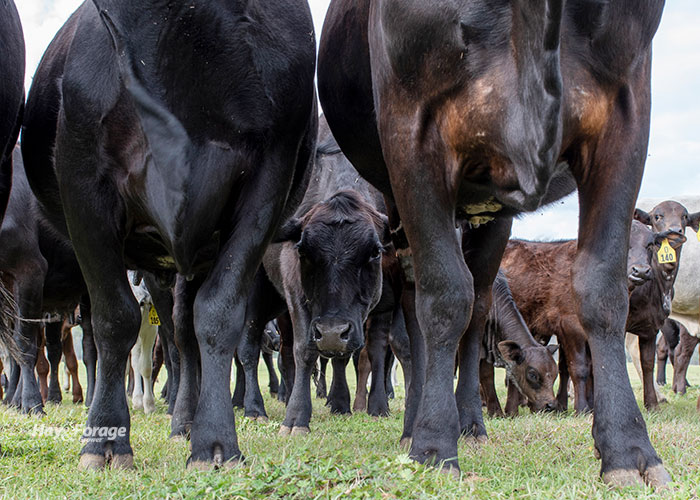It happens too much every year |
| By Mike Rankin, Managing Editor |
|
|
 Perhaps the grass is growing fast enough now that the thought of overgrazing isn’t even on the radar. Unfortunately, for many, that situation will change rapidly in the coming weeks. Ask almost any grazing expert in the world, and they’ll tell you that overgrazing remains the biggest single mistake made on livestock operations that rely heavily on summer pasture forage. Whether it’s because of an overzealous stocking density or rate, not moving animals fast enough, or simply being unprepared for the inevitable summer slump, overutilization of pastures can be devastating for both short- and long-term grass growth. The old adage that it takes grass to grow grass is simple but sage advice. Maintaining residual forage, especially for grasses, is foundational to any grazing system. That typically means about 2 inches for ryegrass; 3 to 4 inches for tall, cool-season grasses; and something even greater for warm-season grasses. Often, overgrazing occurs when summer’s heat and dearth of moisture slows grass growth. Even the best designed grazing systems and managers are challenged by the summer slump. The answer is to meet the challenge with some preplanning in the form of planting summer annuals, providing supplemental feed, or destocking. If action isn’t taken to avoid the need to overgraze, the consequences are numerous and include: 1. Removing too much of the photosynthetic factory (leaves) severely limits the plant’s ability to recover and regrow. As such, it also sets the stage for another round of overgrazing the next time through the rotation. 2. The plant’s ability to grow new tillers is compromised. Likewise, plant persistence is shortened. 3. Weeds proliferate when overgrazing occurs. Slowed plant growth and more exposed soil can easily lead to higher populations of undesirable weed species. 4. Plant root growth is severely impacted. Research studies show that overgrazed pastures result in plants that have less root mass, also being much shallower. This limits the plant’s ability to take up both water and nutrients, especially during periods of dry weather. Overgrazing can create drought-like conditions even when there isn’t a drought. 5. Overgrazing exposes more of the soil surface allowing for a higher degree of runoff, less water infiltration, more soil erosion, and elevated levels of evaporation. Adequate forage cover intercepts raindrops, which slows impact at the soil interface and enhances water infiltration. 6. Animal performance suffers as forage intake declines when pastures are overgrazed. Milk production or gain can be impacted both short and long term if pastures are not given an adequate recovery period after being overgrazed. As we enter June, now is a good time to be thinking about seeding summer annuals, which help to bolster summer forage production and allow for more rest of the perennial grass paddocks. This is a highly proven, effective approach that many of the top grazing operations from around the U.S. have implemented.
|
